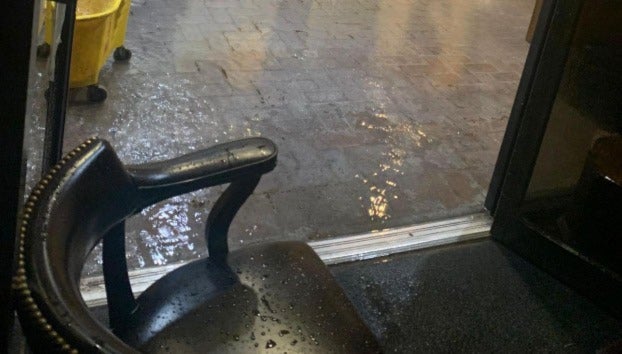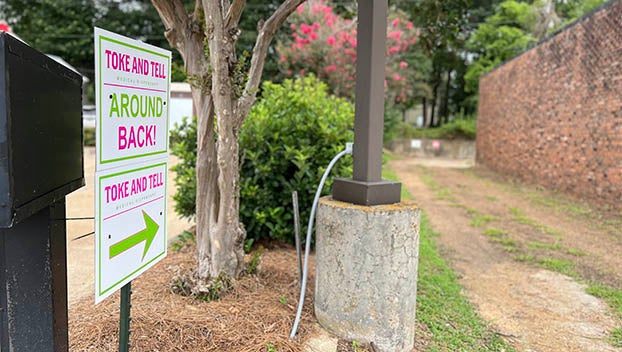Archaeological dig gives insight into area’s past
Published 12:01 am Sunday, June 28, 2015
By Leah Schwarting
NATCHEZ — Archeology might be the only profession where finding broken items and trash is good.
To Megan Kassabaum, assistant professor of anthropology at the University of Pennsylvania, finding these items at the Smith Creek Site in Woodville was a windfall, with some of it pointing to a later period of occupation.
During Kassabaum’s Thursday presentation at the Grand Village of the Natchez Indians, she explained how her team, consisting mostly of UP students, found broken pottery in the southern plaza indicating the site wasn’t abandoned after 1000 A.D.
The site was thought to have been inhabited from 700 to 1000 A.D., but the pottery suggested that it was occupied later too, around 1000 A.D. to 1300 A.D.
“After the mounds were constructed, people continued to live at and utilize this site for at least a couple hundred years,” Kassabaum said.
Two midden piles were also excavated during the six-week dig at the site. The piles revealed a great number of bones, broken pottery pieces and other trash that Kassabaum said comes out of eating events.
“Either daily eating events, or feasts or larger eating events,” Kassabaum said.
But the trash they found wasn’t unique to feasting.
“It looked sort of what we would expect people to be utilizing and throwing away on a day-to-day basis,” Kassabaum said.
Combined with postholes and some other structures, Kassabaum thinks houses might have existed on the site, but they have not been able to fully excavate the area.
Right now, it’s just a theory.
“It would take a lot more to prove that,” Kassabaum said.
Even a few kernels of corn they found yielded interesting results. Archeologists are not exactly sure when people in the area shifted from a non-agrarian society to one that relied heavily on corn.
It’s a question that has been puzzling archaeologists.
“This site has just given us a potential answer to this question,” Kassabaum said.
The corn is going to be carbon dated to help shed a little light on the question.
Kassabaum is also still looking into the area. After the presentation, she spoke to Hope Thimmesch, who lives near the site and came down to see the presentation.
Thimmesch told Kassabaum about some pottery and an odd land formation she found. She said Kassabaum wanted to take a core sample of the area.
“I am so excited to find out if it’s really a mound,” Thimmesch said.
Her daughter, Elaine Steckler, lives in the Natchez area and grew up near the site.
“I think it’s really neat to have that in our area,” Steckler said.
Kassabaum said she still has a lot of work to do on the site. The field study ended with bags of uncleaned artifacts and many artifacts, like the corn, are still at the lab.
“There’s probably a lot of mysteries here that are yet to be solved,” Kassabaum said.





